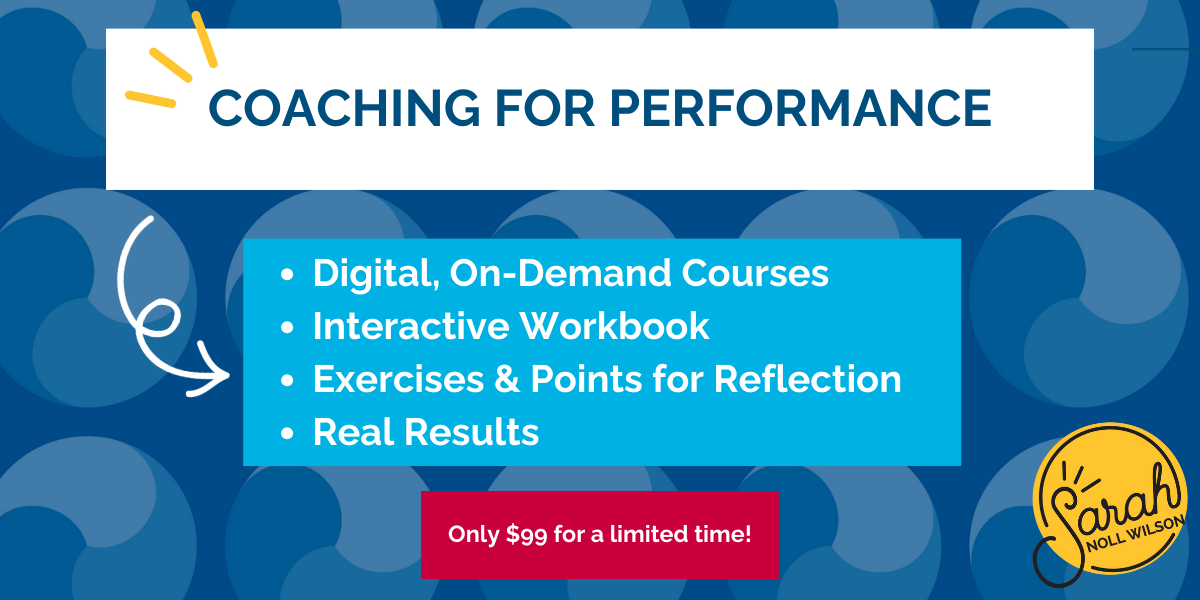
I sat down with an iced tea to review my client notes for the week. If you’re like me, by the week’s end you’ve got a pile of stickies, assorted handwritten items, and digital notes. I like to spend a quick ten minutes each week looking for patterns in conversations across industries, new insights that have emerged, and seeds that have been planted. One thing that stuck out to me this week, was that the word trust was used 47 times.
We work with a lot of individual leaders and teams who want to build a higher level of trust with those they serve. While the importance of trust seems universally understood, the best pathways to build trust seem to be unclear for many. We’ve heard it all—trust falls and other physical displays, potlucks and pizza days, oversized board games and tailgates, and asking team members to feed each other. Yes, you read it correctly. I will never forget hearing about a team trust-building activity that tasked the team members with hand feeding each other strawberries. On a list of things that would make me feel really uncomfortable, that has to be in the top ten.
When it comes to trust-building, there’s one big idea to keep top of mind: You don’t get to decide if you’re trustworthy–the other person does. While you might feel some temporary boost from attending a tailgate together, it might not have the same effect on others. Even though I can trust you to bring your buffalo chicken dip to the potluck, I may not trust you when we need to navigate a tough situation together once we return to work. One common trap we see is that people default to transactional ways of building trust. We see this both in one-time events, like some of those mentioned above and in how we approach work. For example, we assume trust is best built by delivering a product on time and that it’s just that simple. While we can likely agree that following through on tasks is important, it’s a one-dimensional way of thinking about trust.
Let’s step back for a moment. Without psychological safety, there can be no trust. Trust is an output. Trust is a result. Trust is an effect. When teams have psychological safety, they can “replace blame with curiosity,” writes Dr. Laura Delizonna. Teams who say they need to build trust really need to build psychological safety. Trust can’t be built-in sandbox mode. Trust is built through our interactions during the most challenging of moments.
Because we believe that theory is great, but tools are better, please allow me to introduce The Trust Triangle. The Trust Triangle centers on the relationship between empathy, logic, and authenticity–elements at the very core of trust. Let’s break those down a little further:
 Key Element: Empathy
Key Element: Empathy
The pandemic has clearly highlighted the value of empathy as one of the most important leadership behaviors. We fairly regularly encounter leaders who are still holding onto the idea that emotions don’t belong at work or that they personally don’t value empathy. As you take a look at the reflection points below, what connections can you make between empathy and strong leadership? Empathy and high-performing teams? As you read these points, when do they come easily? When don’t they?
Reflection Points:
- I try to see things from other people’s perspectives.
- I appreciate it when people try to see things from my perspective.
- I see others as a whole person, not just as an employee.
- I look for new ways to support the team.
- I want others to know they are valued.
Key Element: Logic
One common misunderstanding about teams is that trust exists when people agree and therefore can’t exist if people disagree. We know that the strongest, most effective teams have high levels of psychological safety. This means they can discuss the tough stuff while maintaining or even building trust. Being able to be your genuine self, fail, take risks, and disagree without fear is what psychological safety is all about. As you look at the reflection points for logic, consider times you have experienced these either at work or at home. When is it easy to stay centered on these behaviors? When is it challenging?
Reflection Points:
- I see how you got from Point A to Point B with an idea or decision, even if I disagree.
- I make decisions with multiple sources of data–I want both numbers and the meaning of the numbers.
- I am open to having my mind changed given new data.
- I seek input to make critical decisions.
- I avoid simplistic solutions to complicated problems.
Key Element: Authenticity
Of all three key elements, this one resonates with people immediately. Our brain’s most basic function is to keep us safe, or most specifically, to avoid pain. Because this is such a priority, our brains have evolved to have excellent authenticity detectors. When we aren’t sure someone is being their true self, our brains switch into protection mode. We often feel pressure to show up in certain ways to conform or to please others. We often behave how we think someone in our role is supposed to behave. When you look at the reflection points below, consider how true these are for you in the roles you play in your life both in and out of work. Where do you feel you’re able to be your most authentic self? What about those environments help make that possible?
Reflection Points:
- I show up the way I truly am, not how others want me to be.
- I prioritize my values over pleasing others.
- I am true to myself and my values even when it’s difficult.
- I am who I say I am.
- My behavior is consistent, so others know what to expect from me.
When you look at these three essential elements in the Trust Triangle, can you spot where and why trust is weak with someone in your life? For many of us, seeing where the breakdown is happening can be a powerful step towards repairing trust.
What insights did you gain about trusting others? What insights did you gain about your own trustworthiness or how trust is built? We would love to hear from you–tweet us at @sarahnollwilson!
Sarah Noll Wilson is on a mission to help leaders build and rebuild teams. She aims to empower leaders to understand and honor the beautiful complexity of the humans they serve. Through her work as an Executive Coach, an in-demand Keynote Speaker, Researcher, Contributor to Harvard Business Review, and Bestselling Author of “Don’t Feed the Elephants”, Sarah helps leaders close the gap between what they intend to do and the actual impact they make. She hosts the podcast “Conversations on Conversations”, is certified in Co-Active Coaching and Conversational Intelligence, and is a frequent guest lecturer at universities. In addition to her work with organizations, Sarah is a passionate advocate for mental health.



